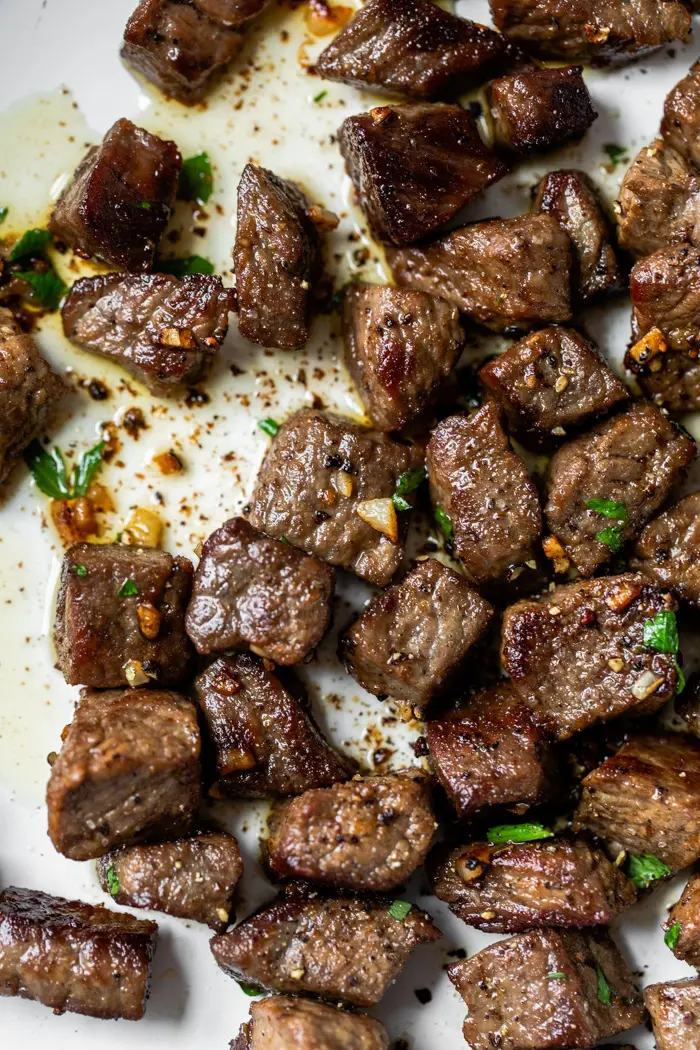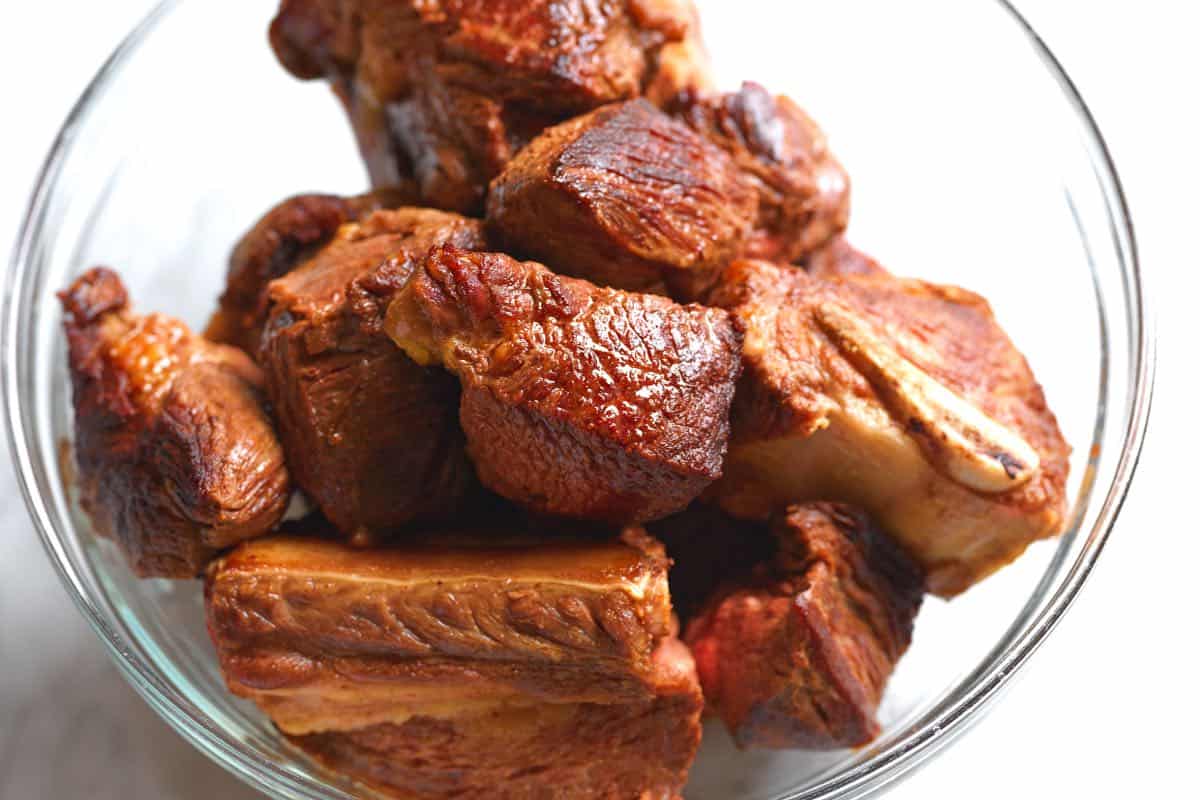Meat Food Preparation Strategies to Perfect Grilling, Roasting, and A lot more
From Farm to Table: Fresh and Premium Meat Choices
The journey of meat from farm to table encapsulates a complex interaction of quality, ethics, and sustainability. With a boosting focus on fresh and superior alternatives, customers are now extra likely to think about the beginnings of their food, causing a renewed focus on lasting farming methods and animal welfare standards. This shift not just boosts the nutritional profile of meat however additionally sustains regional economies. However, the implications of these selections expand far past personal health and wellness and local farming. What does this mean for the future of food systems and consumer habits?
Understanding Meat Sourcing
As consumers come to be increasingly knowledgeable about the beginnings of their food, understanding meat sourcing has actually acquired vital importance. Meat sourcing involves mapping the trip of meat from ranch to table, incorporating different aspects such as farming techniques, animal welfare, and environmental impact. This awareness equips customers to make enlightened options that align with their worths, particularly concerning sustainability and ethical factors to consider.
The sourcing of meat can vary substantially based upon several criteria, including the kind of livestock, farming techniques, and geographical place. As an example, grass-fed beef commonly comes from pasture-based systems that advertise animal welfare and decrease ecological destruction. On the other hand, conventional meat might involve extensive farming practices that elevate problems regarding antibiotic usage and environment devastation.
Furthermore, traceability plays a crucial duty in meat sourcing. Understanding the certain farm or region where the meat comes from helps customers guarantee top quality and safety. Lots of customers currently look for qualifications or tags that suggest gentle therapy and lasting techniques, reflecting a growing need for openness in the food supply chain. Inevitably, understanding meat sourcing not only boosts customer option but additionally promotes accountable consumption and supports moral farming techniques.
Advantages of Fresh Meat
Choosing fresh meat provides countless benefits that extend past taste and appearance. Fresh meat generally maintains greater nutritional value compared to its frozen or processed equivalents. It is commonly richer in important minerals and vitamins, such as B vitamins, iron, and zinc, which are critical for keeping general wellness.
In addition, the sourcing of fresh meat often entails much shorter supply chains, decreasing the time in between ranch and table. This implies that the meat is less most likely to shed its dietary stability throughout transportation and storage. In addition, consumers can experience enhanced preference and juiciness, which can elevate cooking experiences.
Fresh meat likewise offers a possibility for consumers to sustain neighborhood farmers and promote sustainable farming practices. When acquiring from regional sources, people can add to their neighborhood economy and foster a better connection to the food they take in.
Lastly, fresh meat is generally cost-free from the chemicals and additives typically discovered in refined options. This makes it a cleaner, healthier alternative for those wanting to lessen their intake of synthetic ingredients. Overall, the advantages of picking fresh meat incorporate wellness, taste, and a feeling of community interaction.
Pet Well-being Standards
Making certain high hop over to here animal well-being requirements is essential for both ethical considerations and the quality of meat items. The therapy of animals directly affects not just the ethical effects of meat manufacturing but additionally the general quality and safety and security of the end items. Pets elevated in humane problems are less stressed, resulting in much healthier pets and, consequently, remarkable meat top quality.
Laws and accreditations concerning pet well-being have come to be significantly substantial in the meat market. These frameworks make sure animals are given with sufficient area, correct nourishment, and humane handling throughout their lives. Practices such as pasture-raised systems and free-range settings add to much better animal welfare by allowing pets to display natural actions, which is critical for their wellness.
Moreover, consumers are becoming a lot more discerning pertaining to the resources of their meat, resulting in a growing need for items that abide by stringent pet view welfare standards. This change not only promotes honest farming techniques however additionally urges manufacturers to take on measures that enhance the wellness and welfare of their pets. Meat. Eventually, focusing on pet well-being is not just an ethical imperative; it is likewise a pathway to creating premium-quality meat that meets customer assumptions

Lasting Farming Practices
Sustainable farming techniques play an important function in boosting both animal welfare and the high quality of meat items. These practices highlight the importance of environmental stewardship, honest treatment of animals, and resource performance. By implementing rotational grazing, farmers can promote healthy pasture environments, permitting pets to feed on nutrient-rich turfs while protecting against overgrazing. This technique not just sustains animal health however additionally enriches the dirt, lowering the requirement for artificial plant foods.
In addition, sustainable farming often includes integrated pest monitoring and organic feed options, decreasing using harmful chemicals. This technique not only safeguards animal wellness but additionally results in cleaner, safer meat items for consumers. Water conservation techniques, such as rainwater harvesting and reliable watering systems, better add to lasting practices, ensuring that resources are made use of carefully.
Furthermore, cultivating biodiversity via polyculture systems and preserving habitats for wild animals improves the strength of farming ecosystems. By prioritizing these sustainable methods, farmers can generate high-grade meat that meets customer need while advertising environmental equilibrium. Eventually, accepting sustainable farming techniques is vital for creating a much more liable and durable food system that benefits animals, farmers, and customers alike.
Finding High Quality Over Quantity
Regularly, consumers are faced with the issue of choosing between quantity and quality when it pertains to meat items. While acquiring larger quantities might seem economically advantageous, the long-term benefits of choosing high-quality meat much exceed the immediate cost savings. Quality meat is typically sourced from pets elevated in lasting environments, where they are offered proper nourishment and care, bring about exceptional taste and nutritional worth.
Top quality meats are typically cost-free from unsafe ingredients, hormonal agents, and prescription antibiotics that are usually present in mass-produced options (Meat). This not just guarantees a much healthier eating experience however additionally supports honest farming practices that focus on pet well-being. Additionally, costs meats websites tend to have a better texture and taste, boosting the overall culinary experience
Investing in high quality meat urges consumers to appreciate smaller sections, allowing for a more mindful technique to consuming. This shift not just impacts individual wellness favorably however likewise advertises lasting usage patterns that can benefit the environment. Finally, focusing on high quality over quantity when picking meat items fosters a more liable and health-conscious way of living, eventually enhancing both the eating experience and the earth.
Final Thought
